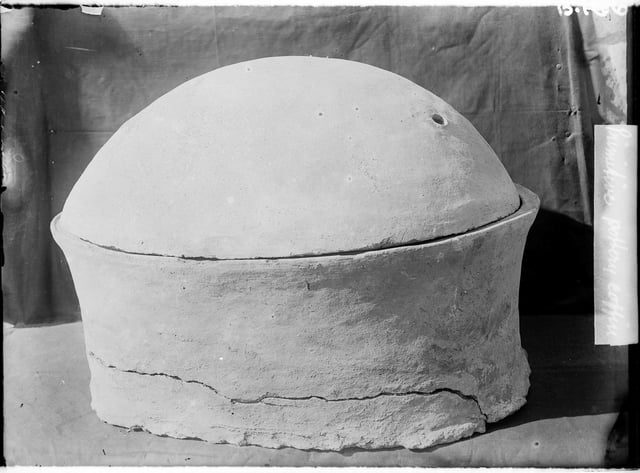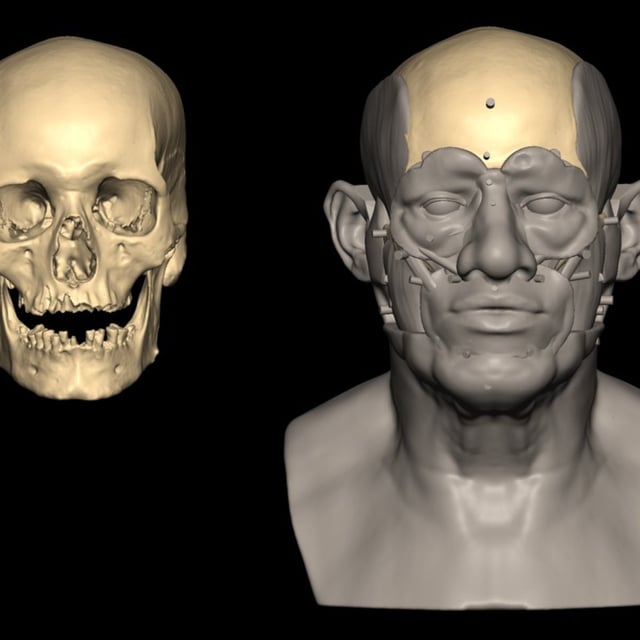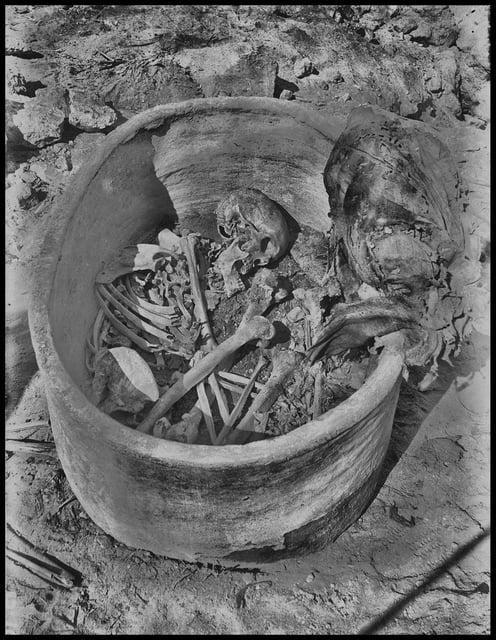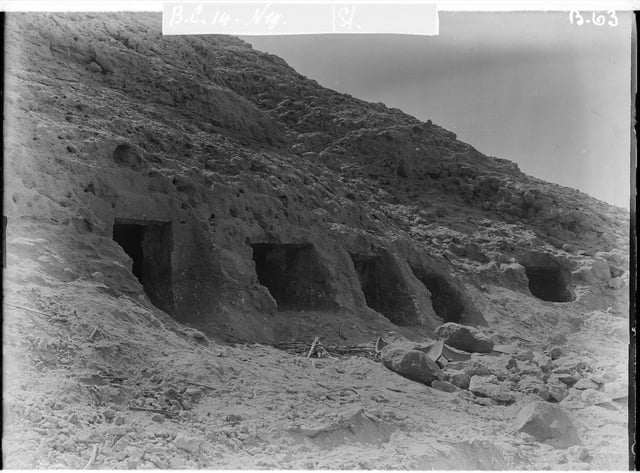Overview
- Published July 2 in Nature, the study marks the first full genome sequencing of an ancient Egyptian excavated at Nuwayrat.
- Genetic data show about 80% North African Neolithic ancestry and a 20% contribution from the Fertile Crescent, confirming early interregional migration.
- Skeletal wear patterns and arthritis indicate the man worked as a potter, reflecting craft techniques introduced from West Asia.
- The airtight pot burial protected DNA from millennia of heat and mummification-related degradation, enabling complete genome recovery.
- Researchers at the Francis Crick Institute and Liverpool John Moores University plan to sequence additional museum specimens to chart Egypt’s genetic history.



